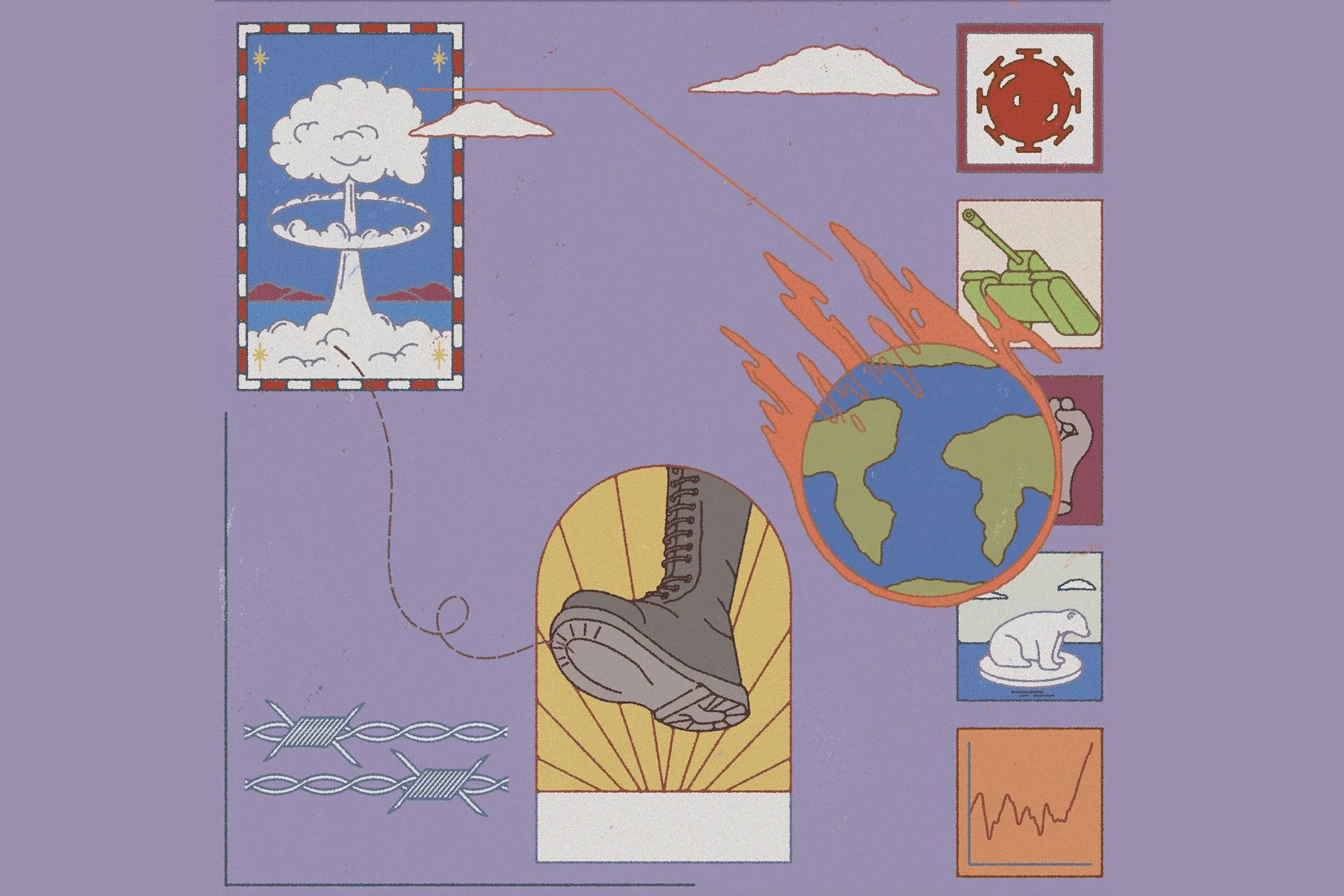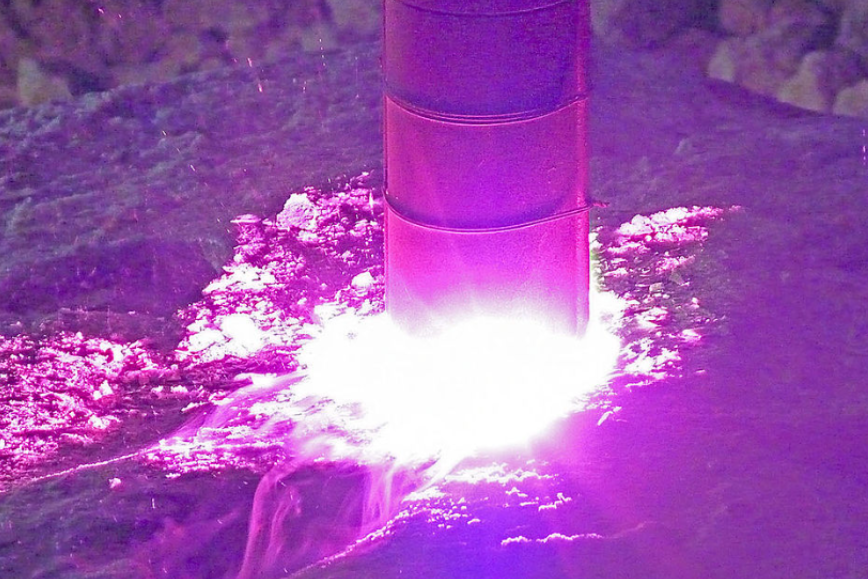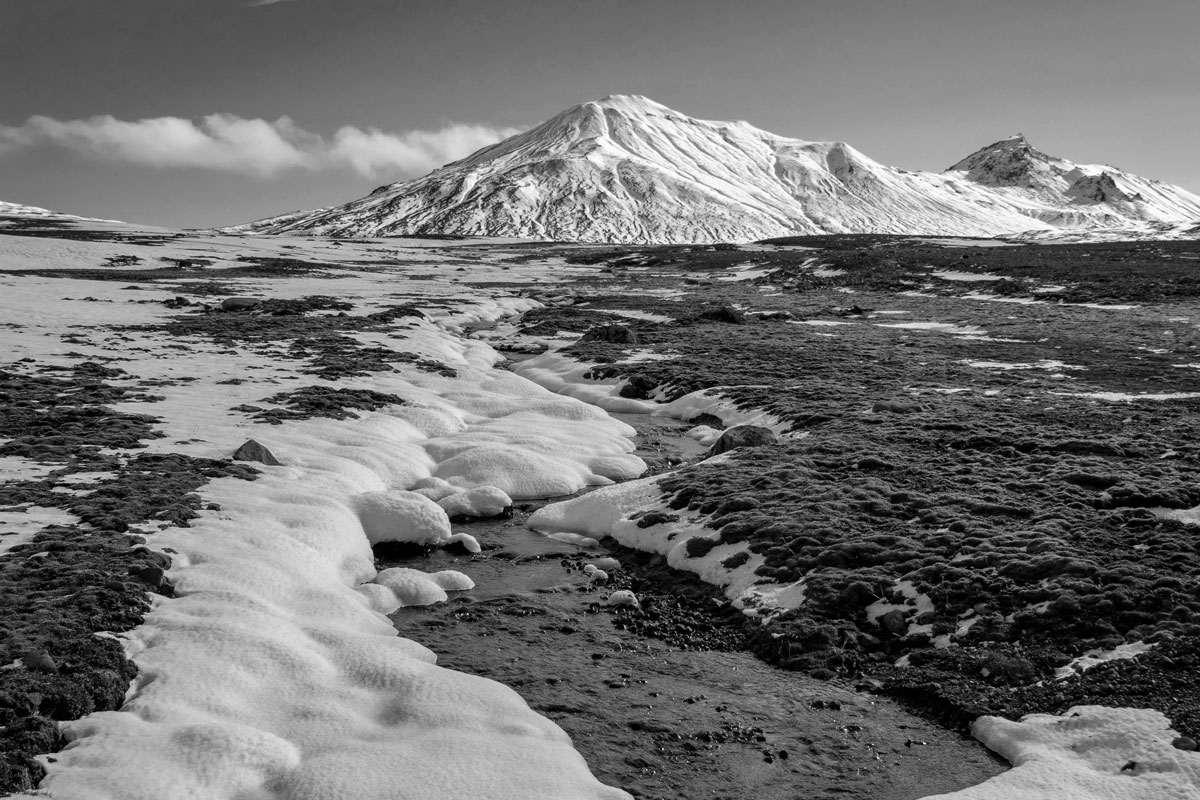Globe and Mail, December 7, 2009
by Thomas Homer-Dixon and Andrew Weaver
“GLOBAL WARMING HAS STOPPED.”
Nonsense.
Skeptics often say Earth’s climate is showing a trend toward stable or even declining temperatures. But they have to cherry-pick data from the climate record to support this argument. For instance, they often take as the starting point for their trend line the unusually warm year of 1998 – the second-warmest year on record, according to the U.S. National Oceanic and Atmospheric Administration. (The warmest was 2005.) If, instead, they started their trend line in 1996, 1997, 1999 or 2000, they’d find it much harder to say warming has stopped. In all those years, the global surface temperature was below what it was in 2003 through 2007.
Oceans cover about 70 per cent of the Earth’s surface and strongly affect year-to-year climate. Movement of ocean water can cause short-term undulations in the upward global warming trend. The best-known undulation is the El Nino-Southern Oscillation cycle. When this cycle is in an El Nino phase, the planet is warmer than when it’s neutral or in a cool La Nina phase. The El Nino event of 1998 was the strongest in a century, so it’s not surprising that the planet’s surface temperature was sharply higher than it was in the years immediately before or after. To choose this year as the starting point for a trend line is misleading at best and dishonest at worst.
A La Nina phase began in late 2007 and continued through 2008. Sure enough, 2008 was cooler than recent years. (But still the ninth-warmest year on record, according to NOAA.) This June, the South Pacific flipped back into an El Nino phase, so global temperatures are now about to resume their upward trend.
“RECENT WARMING IS MOSTLY DUE TO AN INCREASE IN THE AMOUNT OF RADIATION COMING FROM THE SUN.”
Rubbish.
No credible scientific data support this claim. When solar output is at its highest in the 11-year sunspot cycle, as it was about half a dozen years ago, the sun warms the planet’s surface about a third of a watt per square metre more than it does when solar output is at its minimum, as it is right now. This tiny shift in the solar flux is swamped by the extra three watts per square metre produced by the greenhouse gases humans have already emitted. In fact, since the late 1970s, when direct satellite measurement of solar radiation became available, these small changes in solar output have been cooling Earth at precisely the time when global warming has been accelerating.
“THE CLIMATE IS ALWAYS CHANGING.”
Yes, but so what?
This argument is simply a red herring. No one is suggesting that the climate didn’t change in the past. Earth’s climate is a highly dynamic system, and it has changed constantly throughout the several billion years of our atmosphere’s existence.
But by implying that there’s nothing particularly new about what’s happening now, skeptics play down two features of the current situation. First, in historical terms, the size of the potential change we’re inducing is huge. In just a few decades, we’ve boosted the atmosphere’s carbon dioxide level by more than a third, to 387 parts per million. The full impact of these higher levels won’t be fully visible for a long time – in the case of rising seas, for hundreds of years. But just-published research shows that the last time the atmosphere saw a similar concentration (14 to 20 million years ago), temperatures were three to six degrees higher than they are now. Much of the planet’s ice, including at the poles, didn’t exist. And sea levels were 25 to 40 metres higher than they are today.
Second, the predicted speed of change this century – especially if it’s accompanied by a surge in extreme climate events such as severe droughts and floods – could overwhelm many human societies. We may be a remarkably adaptive species, but the agricultural systems, transportation networks, hydroelectric facilities and urban infrastructures that support us were built to function within the 20th century’s relatively stable climate – and that climate will soon be a thing of the past. Much more than warmer temperatures by themselves, it’s the rapid rate of climate change that will hurt humankind.
But by implying that there’s nothing particularly new about what’s happening now, skeptics play down two features of the current situation. First, in historical terms, the size of the potential change we’re inducing is huge. In just a few decades, we’ve boosted the atmosphere’s carbon dioxide level by more than a third, to 387 parts per million. The full impact of these higher levels won’t be fully visible for a long time – in the case of rising seas, for hundreds of years. But just-published research shows that the last time the atmosphere saw a similar concentration (14 to 20 million years ago), temperatures were three to six degrees higher than they are now. Much of the planet’s ice, including at the poles, didn’t exist. And sea levels were 25 to 40 metres higher than they are today.
Second, the predicted speed of change this century – especially if it’s accompanied by a surge in extreme climate events such as severe droughts and floods – could overwhelm many human societies. We may be a remarkably adaptive species, but the agricultural systems, transportation networks, hydroelectric facilities and urban infrastructures that support us were built to function within the 20th century’s relatively stable climate – and that climate will soon be a thing of the past. Much more than warmer temperatures by themselves, it’s the rapid rate of climate change that will hurt humankind.
“SCIENTIFIC UNCERTAINTY IS SO GREAT THAT WE CAN’T MAKE FIRM POLICY DECISIONS.”
Wrong.
Scientists know an enormous amount about our climate and that knowledge is advancing at extraordinary speed. Still, there is much they don’t know, especially about some regional impacts.
Such uncertainty is an inescapable feature of all highly complex systems. If the potential costs of inaction were low, it could make sense to delay until scientists learn more. But in the case of global warming, the potential costs of inaction are extremely large. Research suggests that the chance of global temperatures rising far beyond the average prediction of three degrees by 2100 – even a civilization-destroying five to six degrees – is significantly greater than the chance it will rise less than three degrees.
The difference between science and ideology is that science tries to explain all known observations, whereas ideology selects only those observations that support a preconceived notion. As world leaders negotiate this week in Copenhagen, let’s hope science, not ideology, guides their discussions.
Thomas Homer-Dixon is a professor at the University of Waterloo and holds the CIGI Chair of Global Systems at the Balsillie School of International Affairs. He is editor of Carbon Shift: How the Twin Crises of Oil Depletion and Climate Change Will Define the Future. Andrew Weaver is a professor and Canada Research Chair at the University of Victoria. He is also chief editor of the Journal of Climate, published by the American Meteorological Society.






